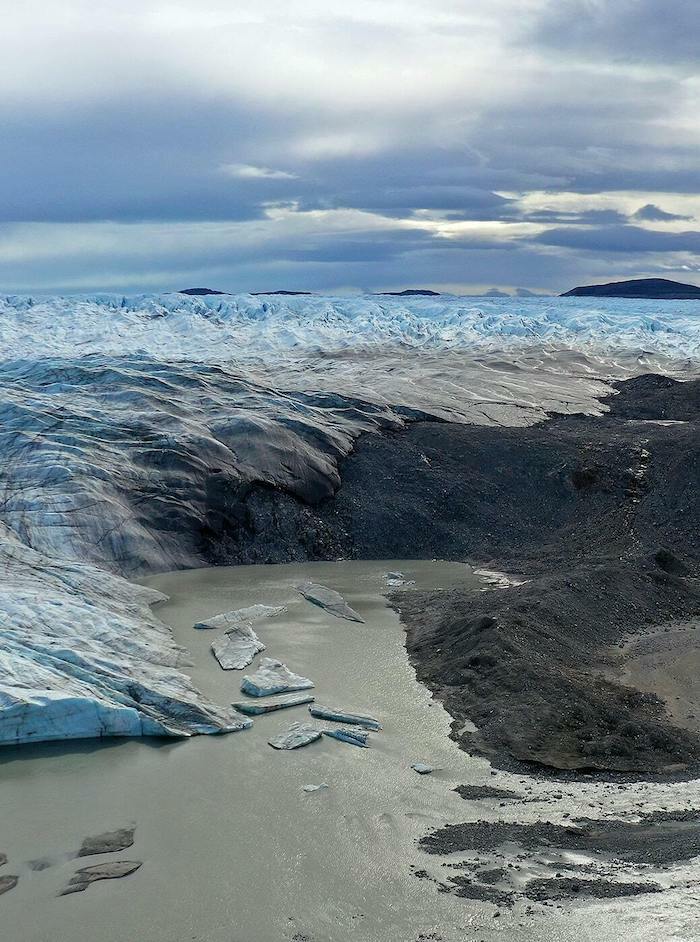
Articles
Broadcast Sport Roundtable - The Tech Driving Innovation
date
07/10/22
author
Barry Flanigan
Aurora reveals the cutting-edge technology we are using to deliver great sporting content that engages viewers and fans in new ways.
Authored by Barry Flanigan, Aurora Chief Strategy Officer, this article was first published as part of a feature in Broadcast Sport Autumn Issue 2022.
Broadcast innovation is central to Aurora, using cutting-edge and emerging technology to enhance creative and engage fans. It’s at the heart of our business and is often the signature of our live output. We work with some of the most entertaining and disruptive brands in the world – Formula E, Extreme E, Super League Triathlon, Sail GP and Nitro RX. We want our output to reflect these modern sports.
Modern live sports shows now make use of a new toolkit to help tell their stories, taking cues from entertainment and gaming, and a day-to-day audience appetite for data. We combine the action on the field of play and character stories with data-driven graphics elements to enrich the story for fans. It requires full understanding of all the rules, regulations and sporting formats; where to position cameras to capture the action; how to editorialise the layers of graphic data such as performance, sporting, boat, car or athlete position and biometrics; and broadcasting audio feeds that give insight into the dynamic between athletes and coaches or team bosses. We have developed a proprietary layering approach that ties all these elements together to create dynamic global broadcasts.
This layering approach is very effectively deployed with our client Extreme E. To create the live broadcast, we work with Al Kamel Systems (for sporting data and graphics), and with our technical partner Creative Animal to create AR and VR elements. We utilise a 3D telemetry model using NEP’s five Unreal Engines – an industry first in a live sport broadcast.


Whether it’s over rock, ice, sand, contours, up or downhill, fans see the car ebb and flow and how the car is moving around on its chassis. The AR HIT Tracking is an overlay of the field of play, so fans can see where the cars are at any one time. For the VR, we created virtual worlds – exactly mapping the topography of each location. We use these same engines to create content around the locations too, so our AR and VR worlds use real-life data of a warming planet, rising sea levels or deglaciation to weave into our broadcasts. We tell climate and sports stories simultaneously – hence the term ‘hybrid storytelling’. Sustainability is also a key element of Aurora’s approach. We’re at the forefront of deploying remote production technology to help the industry reduce its carbon footprint and move towards a carbon net-zero future.
Launching Extreme E to the world last year was a particular milestone – with sustainability at the heart of the series, it was important to use as light a footprint on site as possible. Arguably the most complex remote live sports production ever undertaken, the series launched in the Al Ula desert in Saudi Arabia in April last year before moving to Senegal and Greenland (the world’s first major live sports broadcast from The Arctic). We had advanced, remote technology in multiple locations all mastered in our UK hub, seamlessly presented to more than 70 international live broadcasters, with great results – a TV audience of 18.5 million-plus and more than 100 million digital views.
The emergence of new hybrid virtual/real world sporting formats, taking elements from the world of esports and gaming, is another area of technology focus for Aurora.
Our partner Super League Triathlon has created a unique format with the Arena Games, a hybrid fusion of In Real Life (IRL) and virtual digital sporting action. The innovative format records timing and athlete data in the real world (swim) and virtual worlds (run, bike). The athlete performance in the real world powers the esports platform Zwift, which represents the athletes as avatars racing in the virtual world. Our live production team was tasked with telling the story of the physical exertion, narrative and emotion of IRL racing curated through a virtual medium (Zwift), bringing it all together to produce a compelling broadcast for a global audience.
In the digital space, advances in data integration are driving new ways to build more interactivity and personalisation, turning passive viewers into active, engaged fans. Ground breaking formats like Fanboost for Formula E, Gridplay for Extreme E and Fan Team Franchises for Super League Triathlon bring fans right into the heart of the action, enabling them not only to watch but to influence outcomes.


With the advent of Web3, this is going to become more prevalent. The ability of Web3 to support membership communities on blockchain presents such an exciting opportunity for creative storytellers, challenging the way we think about personalising content experiences for fans in both the real and the virtual digital world. That’s already starting to happen today – one example is the Roblox Wimbledon activation.
Aurora will continue to be at the centre of this emerging space as it plays out over the next few years.







